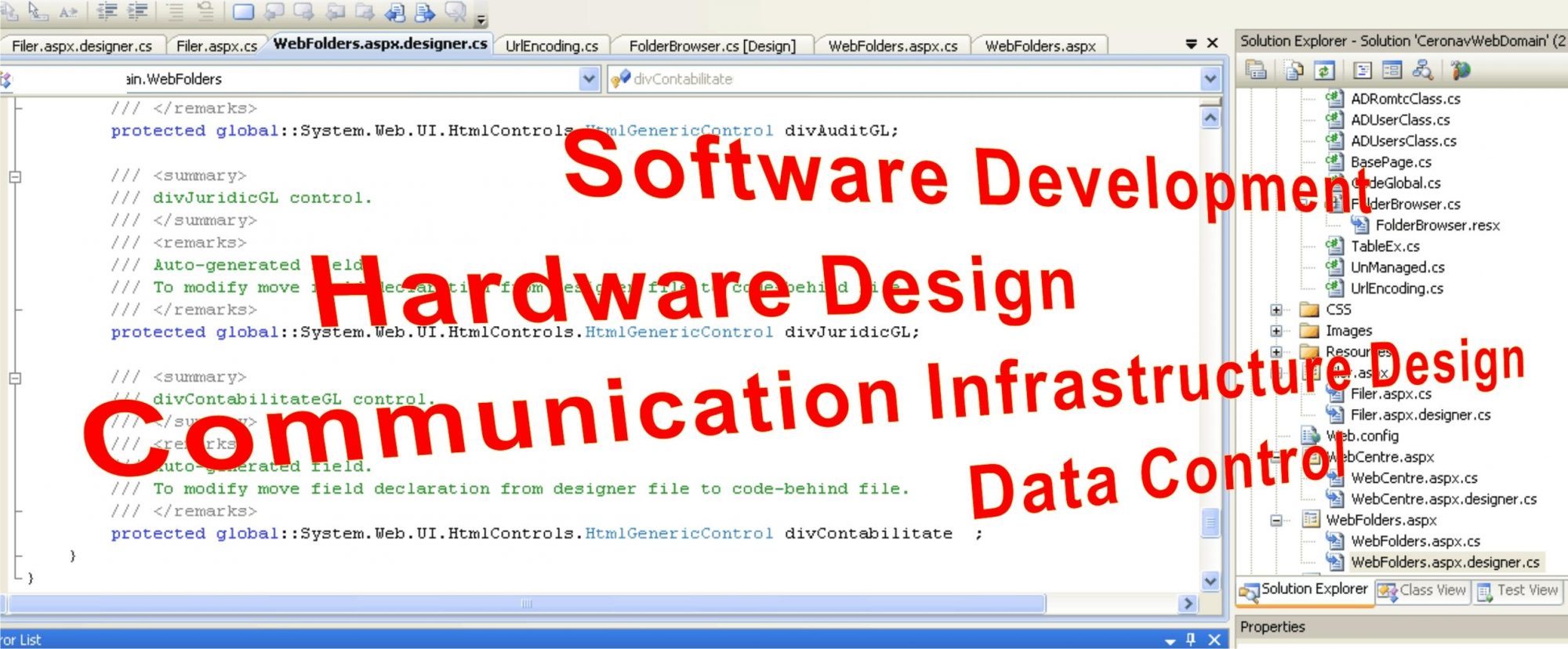- Habitable season-round: Our home need to be suitable for season-round use, that have adequate heat, cooling, or other extremely important places. Seasonal features or the individuals maybe not built for continued occupancy might not qualify.
- Entirely possessed: You must have done possession of the home. Timeshares or any other shared possession plans commonly eligible for next mortgage loans.
- Maybe not leased complete-time: When you can be rent out your second house from time to time, it cannot become a full-time local rental assets. Lenders normally reduce level of days you might book your next home each year.
- Maybe not skillfully handled: The house or property really should not be in control over a property government team that dictates occupancy. You really need to have the fresh new versatility to use the house or property as you want to, susceptible to the fresh lender’s occupancy requirements.
Insights and you may meeting this type of second home mortgage criteria is essential so you can qualify for another home mortgage and you may support loans in Parachute the best possible financing terminology.
step 3. Home standards having second house
You can’t loans a home having fun with the next home mortgage and you can following book it out complete-big date. In order to be eligible for a second home loan, you must take the house to own an element of the seasons. As to the reasons? Since if you intend so you can book our home fulltime, it’s believed an investment property – maybe not another house. Investment property loans features higher rates of interest and differing financing requirements.
Additionally, lenders typically need that the 2nd house be located a certain distance from your top home. Properties receive as well close to your main family may well not qualify because a moment household on eyes out of loan providers. It can also help whether your home is for the a lodge neighborhood or area. In short, the house or property need “feel” such a recreational quarters, perhaps not accommodations assets posing in general.
You can purchase a first home in just 3% off in some instances. However it takes a ten% right down to get a vacation home – which will be when your rest of the job is very solid (large credit score, low expense, and stuff like that).
For those who have less credit rating or even more obligations-to-income proportion, your own mortgage lender need no less than a good 20% down-payment to have one minute family. An advance payment off twenty five% or maybe more helps it be simpler to be eligible for a traditional mortgage.
If you don’t have a ton of cash available, you’re capable borrow your own advance payment having fun with a beneficial cash-out re-finance on the primary household otherwise, instead, a house guarantee credit line or HELOC.
When you pick a vacation possessions, you will likely you would like cash reserves, that are extra savings that may cover their mortgage repayments for the matter of a short-identity income disturbance.
Credit rating criteria are slightly large to have second residential property than for first residences. Federal national mortgage association set the lowest FICO in the 620 to possess top household purchase fund. However, an additional financial supported by Federal national mortgage association means a minimum credit history of 640 – which will be that have a twenty-five% down-payment and DTI less than thirty-six%.
If you make a down payment out-of less than twenty-five%, you normally you want a credit score of at least 680 and you may lower debts, or 720 having increased personal debt-to-income proportion. Credit score standards may are very different from the financial therefore doing your research could help you look for so much more easy criteria.
eight. Income required for one minute home loan
Debt-to-money proportion conditions trust the down-payment dimensions and borrowing from the bank score. Fannie mae lets an excellent DTI to 45% having a 660 FICO get at minimum a 25% downpayment. A forty-five% DTI setting your own total monthly payments add up to forty-five% of your own gross month-to-month income.
